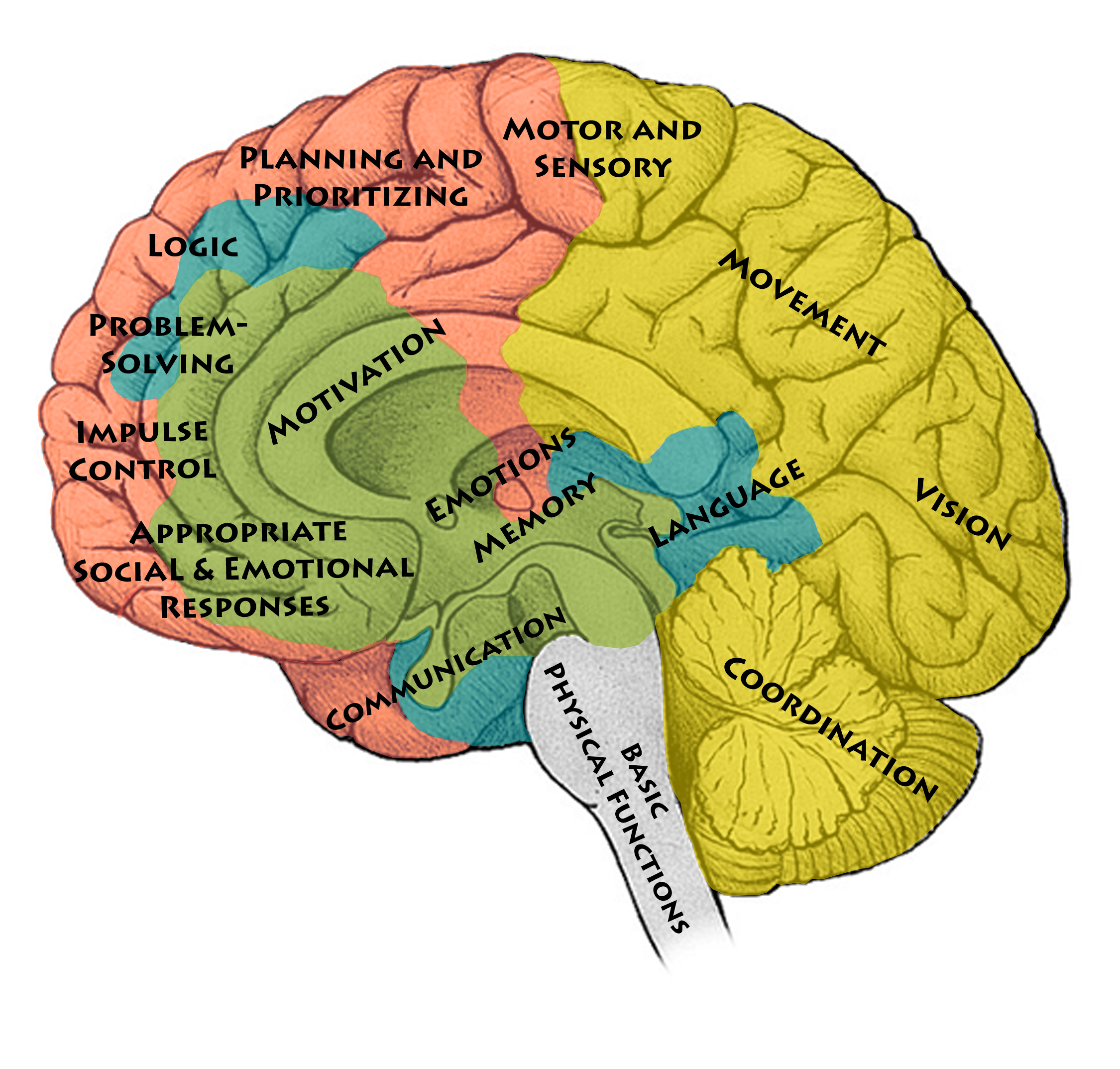Is brain-building just for early childhood?
In recent years, we have learned enormous amounts about how brain development is impacted by interactions with people and their environment. Among other things, we’ve learned that the lack of opportunity for exposure to a wider array of learning opportunities increases the achievement gap between low and high income children, placing children at a huge disadvantage before they even start school. This new information has led to an explosion of awareness about the importance of rich, stimulating experiences in early childhood, often called “Brain-Building”.
But what happens when children reach school-age and are no longer young enough to qualify for these special early intervention programs? What about school-age brain-building? Here at the CT Afterschool Network we got curious… so we did some research!
What we found was fascinating.
The brain keeps growing and changing through school-age and beyond. And how we stimulate it keeps shaping our capacity as we grow. Brain-building in early childhood is essential, absolutely, and early childhood brain-building can significantly impact a child’s learning trajectory. But our exploration of the latest research showed that in the school-age years, the brain keeps developing, and young minds need more than academic stimulation to promote robust brain development and equip us for adulthood.
In other words, children who are in school need brain-building, too – and not just for academics!
What’s more, the parts of the brain that regulate certain kinds of learning, including key skills like empathy, self-regulation, dealing with tough feelings, and complex communication, are doing some of their most important growing during this time. Schools, especially in Connecticut, are increasingly trying to include non-academic metrics in their efforts to measure success. But they are burdened with rigorous curriculum and assessment obligations that often impact their ability to work beyond the academic needs of the students.
Afterschool, on the other hand, is uniquely positioned to adapt to the needs of the specific youth who are in the room each day. It can offer academic, social-emotional, and physical learning that stimulates nearly every area of the brain. We’ve mapped different functions to corresponding areas of the brain to show you something fascinating:
Afterschool can offer brain-building for nearly every part of the growing young mind!
Want to learn more? Keep your eyes open for our 2016-2017 PD Catalog, where we’ll launch a four-part training series that explores each of these brain-building areas in depth, and offers concrete, easy-to-implement strategies to help you make sure that your afterschool program is building brains and paving the way for the success of the children you serve!

